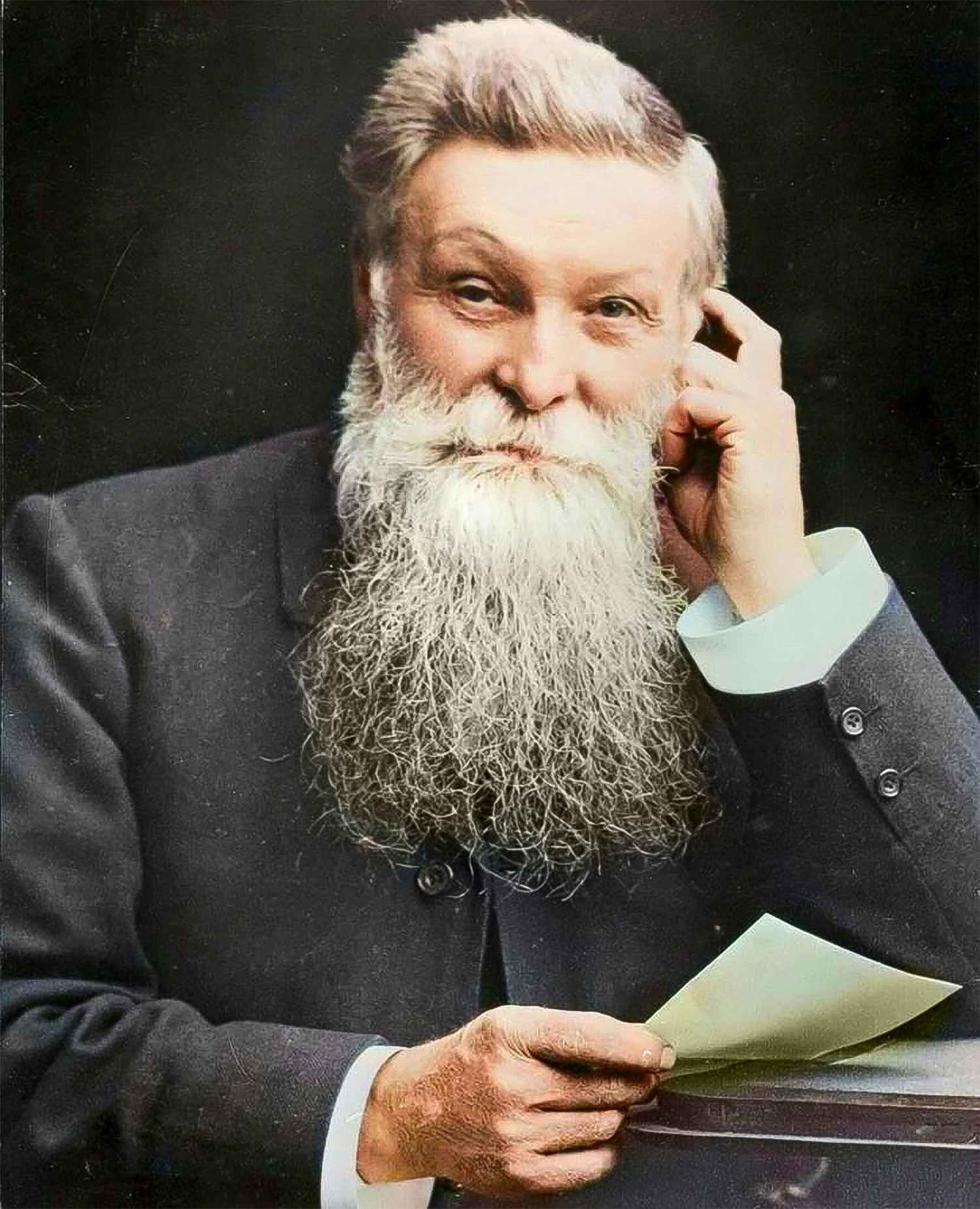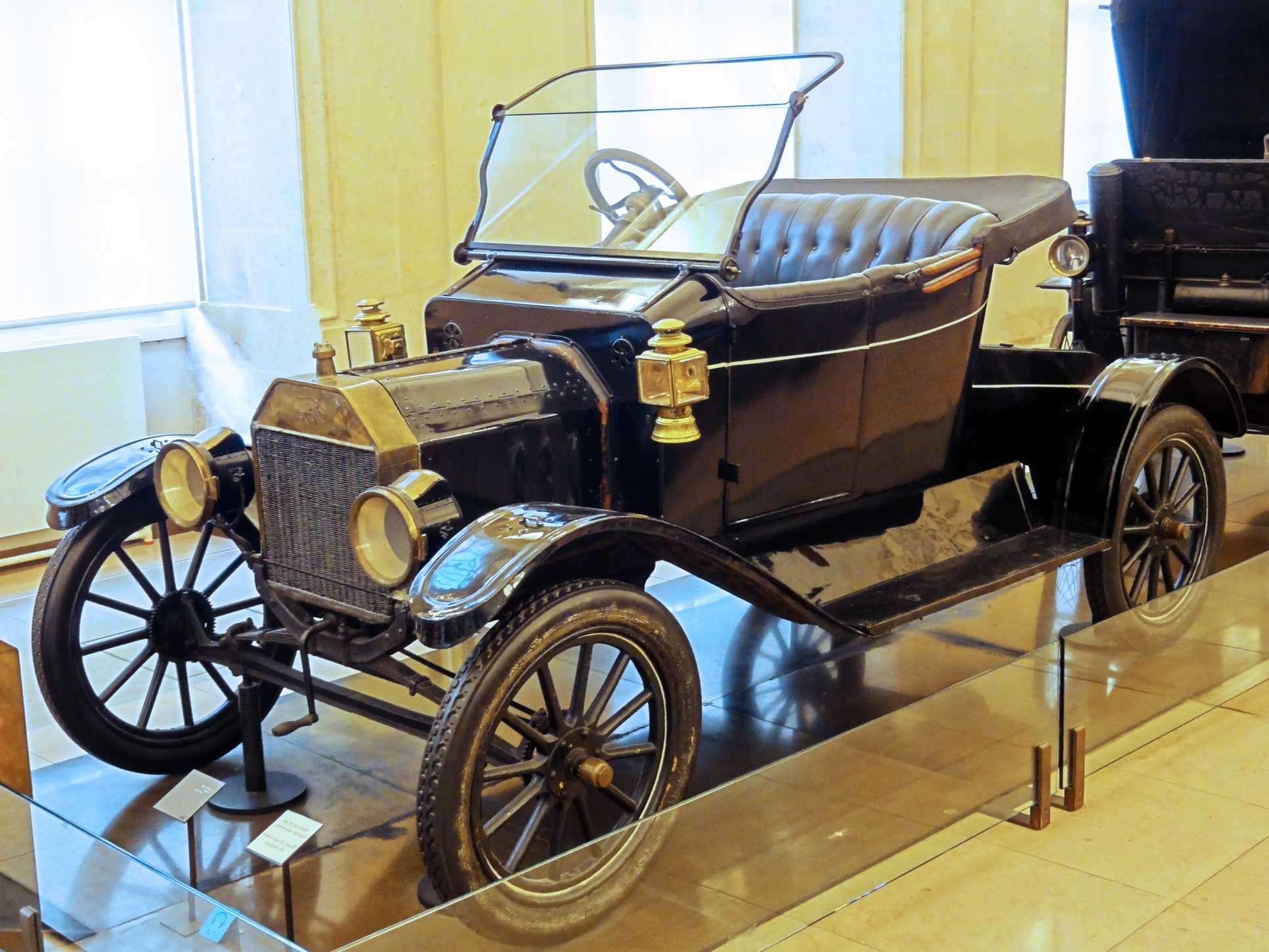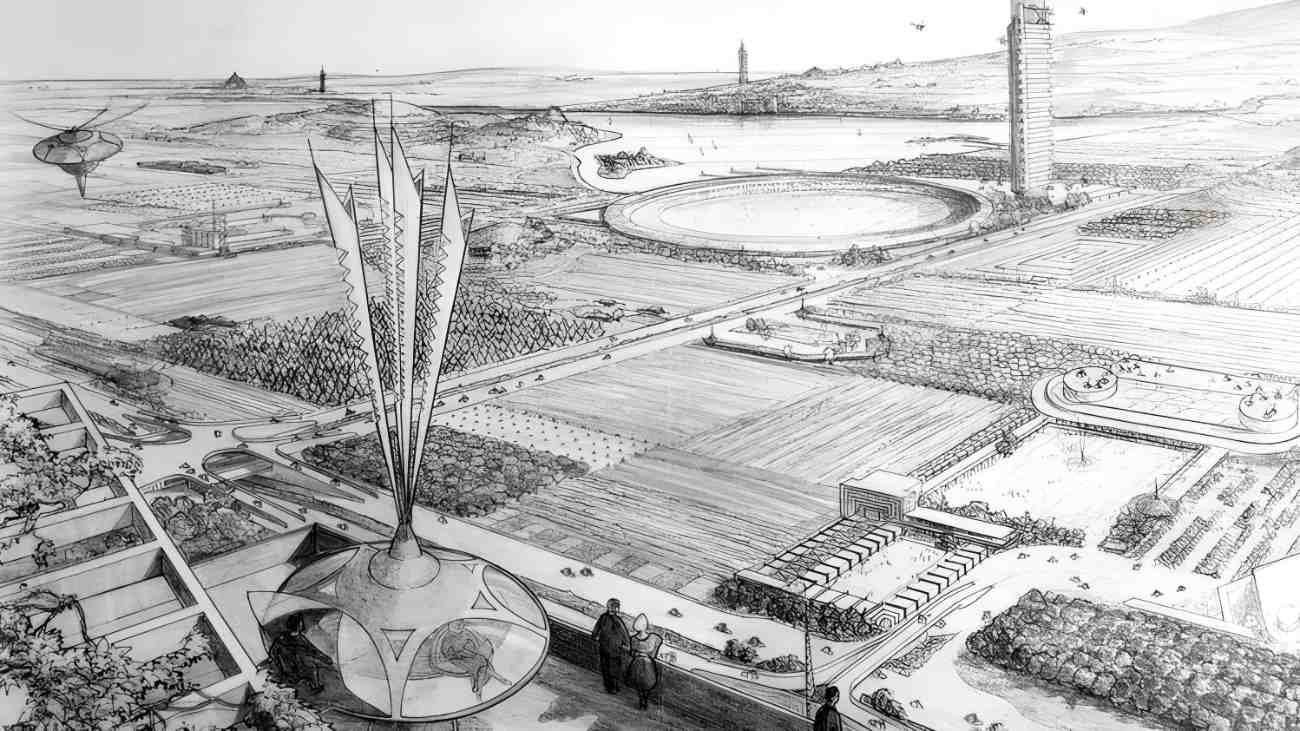John Zachary DeLorean rose rapidly from obscurity to the highest levels of General Motors, the biggest automaker in the world at the time, before ultimately collapsing into bankruptcy. But in 1982, after only a few short years, his career crashed and burned. Few would remember the stainless steel two-seater DeLorean DMC-12 today if it weren’t for Christopher Lloyd’s portrayal of Doc Brown and Michael J. Fox’s performance as Marty McFly in the “Back to the Future” film series.

Yes, but first things first. In 1925, John DeLorean entered this promising automobile world in Detroit. Detroit, in the U.S. state of Michigan, is often referred to as the “Motor City” since it is where most of the automobile manufacturing takes place. After receiving his engineering degree, DeLorean got employment there right away. His initial job was with Chrysler, but he quickly moved on to the defunct Packard Motor Car Company. After that, DeLorean allowed himself to be seduced by General Motors, one of the world’s greatest firms at the time and, from 1931 until 2007, the top carmaker by sales.
The automaker employed the young engineer to reposition Pontiac as a sports vehicle brand. DeLorean was promoted to head of the model division. As one would expect, this was the beginning of a brilliant career. DeLorean rose up the ranks quickly, first to chief engineer and then to general manager of Pontiac in 1965. This not only marked his arrival in the executive suite but also made him the youngest executive of a General Motors brand at the age of 40. But that was only a transit point. As a result of his achievements at Pontiac, in 1969, DeLorean was promoted to the position of managing director of Chevrolet, the group’s main brand. Three years later, he reached the zenith of his career, becoming a board member and vice president of all vehicle production.
DeLorean was rumored to be the future president of General Motors and projected the image of a youthful, energetic star manager. However, the future held a very different story. After tensions on the board about the company’s future reached a boiling point, it was decided that DeLorean needed to be replaced. The Detroit man then resigned, clearly to avoid expulsion.
Dream Automobile for the World’s Most Discerning Customers
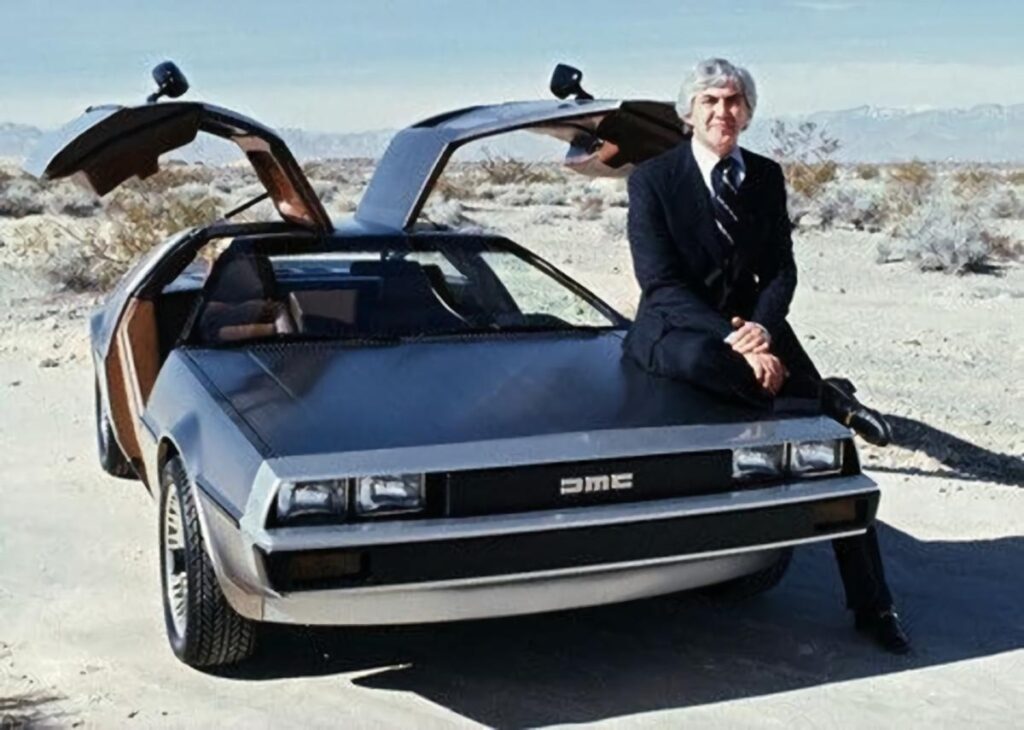
He quickly had an urge to design and construct his own vehicle. A vehicle that bore his name and was a testament to his superior engineering skills. The vehicle has to have an extended lifetime, have the latest in safety technology for all passengers, and use as little fuel as feasible. The working title for the undertaking was “DeLorean Safety Vehicle,” or DSV for short. The ill-fated businessman established the DeLorean Motor Company (DMC) in 1975.
At this point, two of the car’s defining characteristics were already in the works: It was supposed to be unpainted and have gullwing doors. DeLorean went with a stainless steel exterior to save costs. He enlisted Bill Collins, a designer at General Motors, to help him create the new vehicle. For inspiration, the duo visited the Turin Motor Show in Italy. It was then that they crossed paths with Giorgetto Giugiaro, widely considered to be among the 20th century’s most innovative vehicle designers. His work may be seen in the original Volkswagen Golf and other cars.
A Crisis Followed by Another
Soon after, DeLorean began soliciting funding from potential backers. The main obstacle ended up being financial. There was a delay in manufacturing, and the automobile industry was already reeling from the oil and economic crises of the 1970s.
For DeLorean, this was a mixed bag of bad luck and good fortune. Though the bank had lost faith in the project’s viability, several states nevertheless attempted to weather the economic storm with newer plans. So, several of them submitted applications to manufacture the DeLorean DMC-12.
It came as a shock when the DeLorean DMC-12’s contract went to Northern Ireland, a United Kingdom territory that had been severely affected by the crises in Europe. Massive unemployment was a result of the oil crisis and the ongoing civil conflicts. Northern Ireland’s policymakers regarded the DeLorean as a chance to establish a new manufacturing sector. Despite auditors’ low expectations for the project’s outcome, the British government nonetheless approved the contract.
A new plant was erected rapidly in the Dunmurry neighborhood to the west of Belfast. DMC worked tirelessly to prepare the DMC-12 for production while the plant was being built. Bill Collins was tasked with this endeavor, and he worked on it for a long time. Impatient John DeLorean, though, sought a different path and found the British company Lotus. The company said they’d be able to mass produce the DMC-12 automobile in only 18 months. But the deal was that the DMC-12 prototype would give way to a new Lotus car called the Esprit. After DeLorean’s affirmative response, Collins departed DMC feeling downcast. The innovative DeLorean DMC-12 as a sustainable and safe sports car had been destroyed, leaving only its sustainable and secure stainless steel shell.
The British Government Provided Funding for the Car
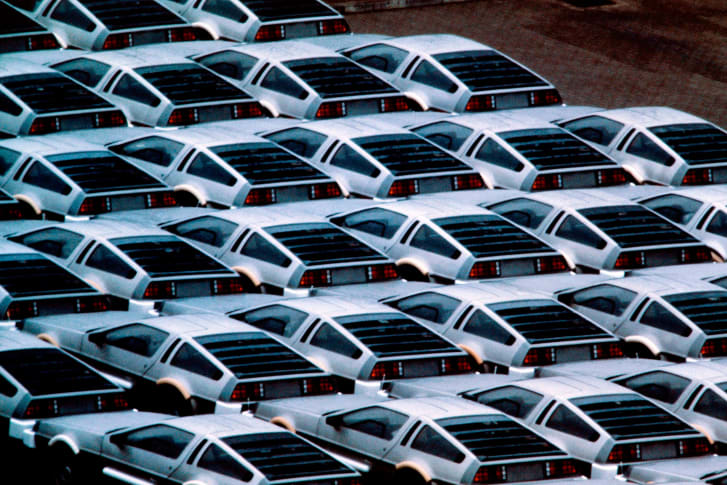
It’s no secret that DMC was on the edge of bankruptcy due to manufacturing delays. Time and over, the British government had to step in with guarantees or temporary loans to save the corporation. Late in the summer of 1980, when both the vehicle and the facility were completed and the first DMC-12 was being assembled in Dunmurry, it became apparent that series production would have to wait. After all, manufacturing a single automobile had taken three times as much time as originally anticipated.
If the DMC-12’s past misfortunes weren’t bad enough, they were about to become a lot worse. The first DMC-12 came off the assembly line in Belfast, Northern Ireland, on January 21, 1981. DMC was almost bankrupt again, it required a bridge loan, and the British government was its sole financial sponsor. It took around 150 hours of maintenance for each vehicle before the DMC-12 could be marketed in the United States since the initial cars were manufactured in such poor condition. Defects continued to mount after the first sales of the DMC-12, leading to many recalls.
The DMC-12’s lack of power disappointed critics. The 130-hp engine took over 10 seconds to accelerate from 0 to 60 mph, a lot slower than Porsches and Corvettes. But the car’s attractive appearance kept everything going.
When things had seemingly settled down, DeLorean made a disastrous choice in 1981. He demanded that output levels be increased by a factor of two. From that point on, twice as many cars were being manufactured each day as the corporation could sell. As a consequence, DMC-12s began piling up in the parking lots, but there was soon insufficient funding to maintain them. Everything quickly fell apart like a house of cards. More efforts to save the company failed in early 1981, prompting the British government to appoint an insolvency practitioner and leading to an arrest warrant for DeLorean on charges of theft.
Then, in October of 1981, a rumor that John DeLorean had been arrested on cocaine trafficking charges made its way to Northern Ireland and effectively put an end to all the efforts. The hope of starting a new automaker was dashed. The liquidation was declared by the insolvency administrator in Belfast, and all remaining workers were let go. DMC filed into bankruptcy after amassing more than USD $200,000,000 in debt. In the end, on December 24, 1982, the last of the roughly 9,000 DMC-12s to be manufactured left the factory.
The Missing Part Was the Flux Compensator
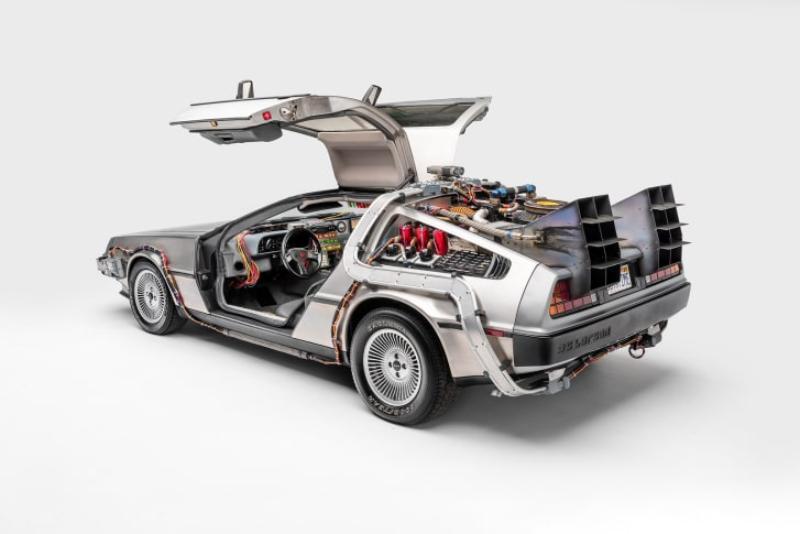
DeLorean’s reputation as a brand soon hailed a near-miraculous recovery, even if the firm could not be reorganized ever again. There was apparently something really important lacking from the vehicle: A flux compensator. The DeLorean DMC-12’s time travel apparatus, which, of course, only existed in fiction. This narrative took place in 1985 when the first part of the trilogy “Back to the Future” was published and young Marty McFly, portrayed by Michael J. Fox, sped into the past in Doc Brown’s DeLorean, alias Christopher Lloyd, which had been modified for time travel. After the first film’s popularity, sequels were released in 1989 and 1990.
By the way, DeLorean was found not guilty in the drug trial because the FBI and DEA had knowingly persuaded him to commit a crime. Yet, until his death in 2005, he did not design or construct another automobile. He had a meteoric climb to the top of General Motors, but then a devastating collapse. DeLorean’s DMC-12 was, of course, ahead of its time but the reason for the failure of the DMC-12 rests totally with DeLorean, who failed to gain a grasp on his thirst for power, grandeur, and notoriety.
Sources:
- Parnham, Chris; Withers, Andrew (2014). DeLorean Celebrating the Impossible. DeLorean Motor Cars (1978) Ltd. ISBN 978-0-9928594-0-4.
- Clarke, R. M. (1995). DeLorean: 1977–1995 Gold Portfolio. Cobham: Brooklands. ISBN 1-85520-331-6.
- Wills, Barrie (2015). John Z, the DeLorean & Me: Tales from an Insider. Houston, TX: DeLorean Garage. ISBN 978-0-9856578-8-8.
an insider’s view of the longest serving employee, director of purchasing and last CEO of DeLorean Motor Cars in Northern Ireland


